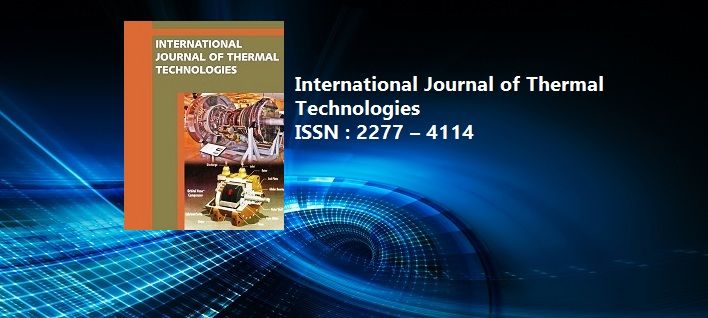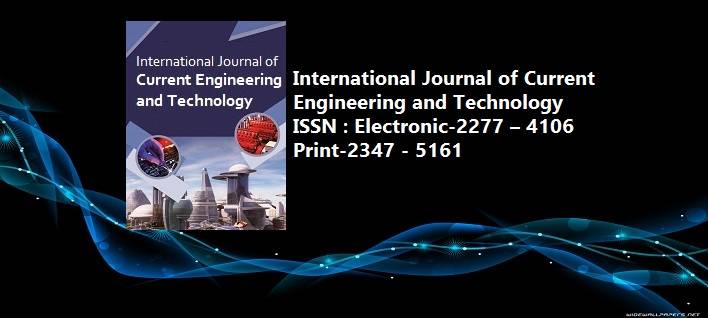The chemical composition, characterization, and combination effect of Ocimum campechianum leaf essential oils and bio-produced silver nanoparticles against Listeria monocytogenes and Escherichia coli.
Pages : 518-526, DOI: https://doi.org/10.14741/ijcet/v.10.4.4
Download PDF
Abstract
Metallic nano-particles (NPs), particularly silver nanoparticles (AgNPs) are emerging as biological tools for assessing the antibacterial, antifungal, and antioxidant properties and to enhance the potential therapeutic efficacy of botanicals. Basil (Ocimum spp.), rich in various essential oils has been attributed with a wide range of antimicrobial properties. The aim of this study was to compare anti-bacterial activity of basil (Ocimum campechianum) essential oil, bioproduced silver NPs and their possible combinations against Listeria monocytogenes and Escherichia coli. The constituents of essential oil of Ocimum campechianum was analyzed by gas chromatography/mass spectrometry (GCMS). The AgNPs were monitored by visualizing color changes and were characterized by using UV-Vis, FT-IR, SEM, and TEM. Further, antibacterial activity of basil EO extracts alone, bioproduced silver NPs alone, and their possible combination activity with basil EO extracts were assessed by measuring turbidity of growth rates of Listeria monocytogenes and Escherichia coli using BioScreen C analyzer. A total of 20 compounds were identified in the essential oil accounting for 99.6% of the composition. The oil of O. campechianum contained as main components, caryophyllane 4, 8- α-epoxy (59.5%), (E)-caryophyllene (11.7%), and (E)-methyl isoeugenol (6.3%), α-Cymene (5.6%). The presence of AgNPs was confirmed by the excitation of Surface Plasmon Resonance (SPR) using UV–visible spectrophotometer at 442nm. The FT-IR analysis showed the presence of possible biomolecules needed for reducing silver ions; SEM and, TEM analysis confirmed the spherical shape and the average particle size (5-50nm). The reduction in the growth of L. monocytogenes was 66% by EO extract, 42% by bio-produced AgNPs alone, and by 49% by the combined effect of (EO extract with bio-produced AgNPs). The EO extract of accession PI 652066 reduced the growth of E. coli by 62%, whereas combined EO extract with bio-produced AgNPs reduced the growth by 25%. However, there was no inhibition of the growth of E. coli by AgNPs alone. The results suggest that O. campechianum plant extract could be used as a proficient reducing agent for the bio production of AgNPs and, can be used to treat multidrug resistant microorganisms and other bio medical applications.
Keywords: Ocimum essential oils (EO), Gas Chromatography, Silver nanoparticles (AgNPs), Characterization techniques, Human pathogenic bacteria.
Article published in International Journal of Current Engineering and Technology, Vol.10, No.4 (July/Aug 2020)



















 MECHPGCON, MIT College of Engineering, Pune, India
MECHPGCON, MIT College of Engineering, Pune, India AMET, MIT College of Engineering, Pune, India
AMET, MIT College of Engineering, Pune, India International Conference on Advances in Mechanical Sciences
International Conference on Advances in Mechanical Sciences  International Symposium on Engineering and Technology
International Symposium on Engineering and Technology International Conference on Women in Science and Engineering
International Conference on Women in Science and Engineering




